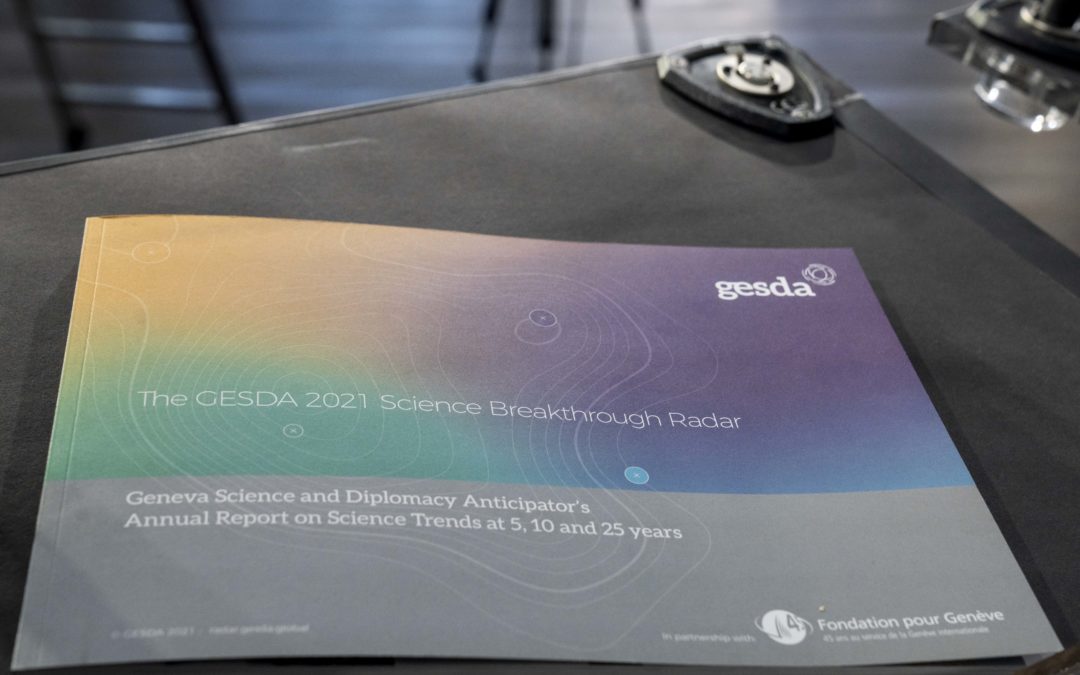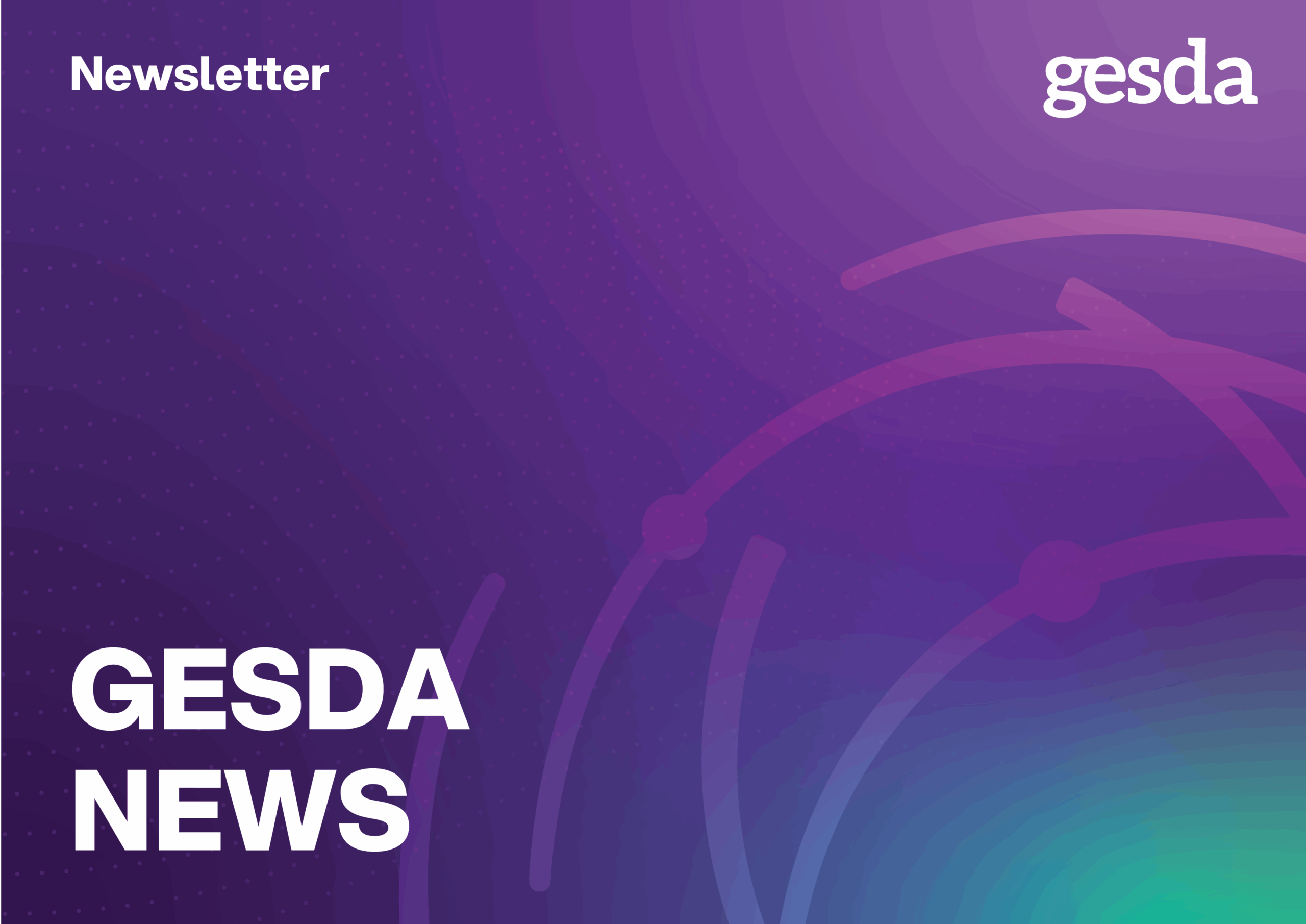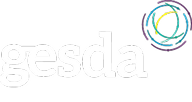The Geneva Science and Diplomacy Anticipator introduced a new global system for identifying the foremost laboratory advances over the next quarter-century as a tool for policymaking that looks ahead to the future.
The GESDA Science Breakthrough Radar, in its first annual report and interactive digital platform, identified 216 major science breakthroughs, based on the collective work of more than 500 leading experts in Swiss and global scientific communities.
The Radar is a new global indicator of the most significant laboratory advances expected within the next five, 10 and 25 years. Its purpose is to help GESDA’s communities form concrete ideas for initiatives. Each breakthrough falls within four themes: future applications of advanced AI and quantum computing; frontiers and limits of human resilience; ecosystem regeneration and geoengineering; and new uses of science diplomacy itself.
Developed in close partnership with Fondation pour Genève and in collaboration with open science publisher Frontiers, the Radar was introduced at GESDA’s First Geneva Science and Diplomacy Anticipation Summit. Both the Radar and Summit are among GESDA’s biggest accomplishments since its founding by the Swiss and Geneva governments two years ago.
The Summit agenda covers 16 topics based on the Radar that could significantly boost the UN’s 17 Sustainable Development Goals for 2030. The goal is to unlock new solutions for helping people around the world, particularly those that are the most in need. GESDA also is launching a Digital Sounding Board to help take the pulse of citizens and NGOs worldwide.
Transforming new advances into actions also fulfils Geneva’s promise and tradition as a hub of global governance and center for multilateralism in science diplomacy. Geneva hosts the UN’s European headquarters and other international organizations and academic institutions. A second edition of the Radar and Summit is planned for 2022.
“The basic idea is that we are presenting the outcome of the work of more than 500 scientists from all over the world,” said GESDA Board Chairman Peter Brabeck-Letmathe. “It gives you a picture of what’s really happening in the top science laboratories. From there, if we want to anticipate, we need to examine what’s going to happen based on those breakthroughs. The Radar will show you, in a very accessible form, what is happening out there, and what could be, or will be, on a five-year, 10-year and 25-year horizon.”










